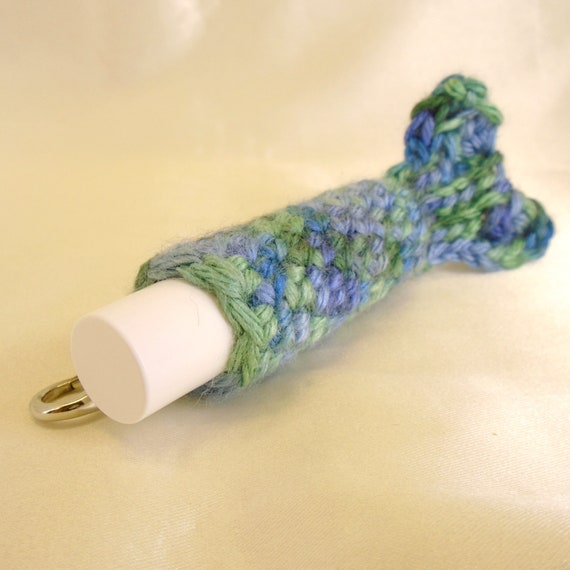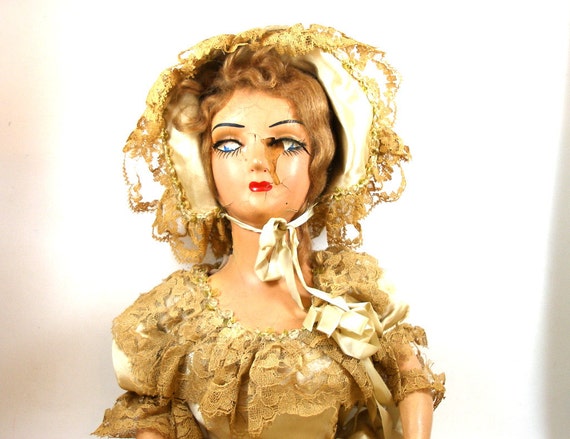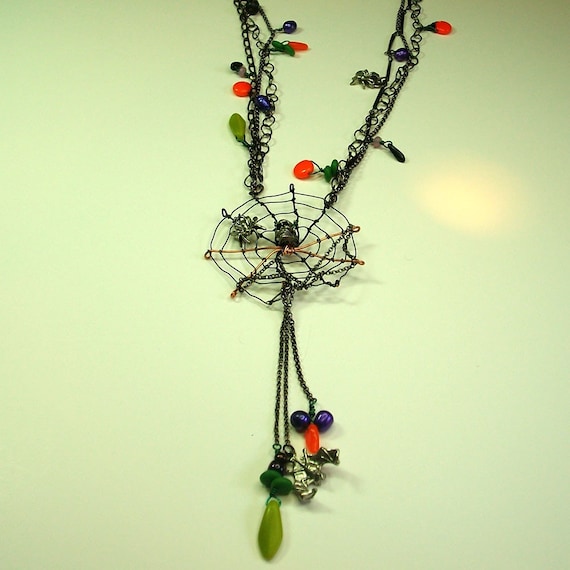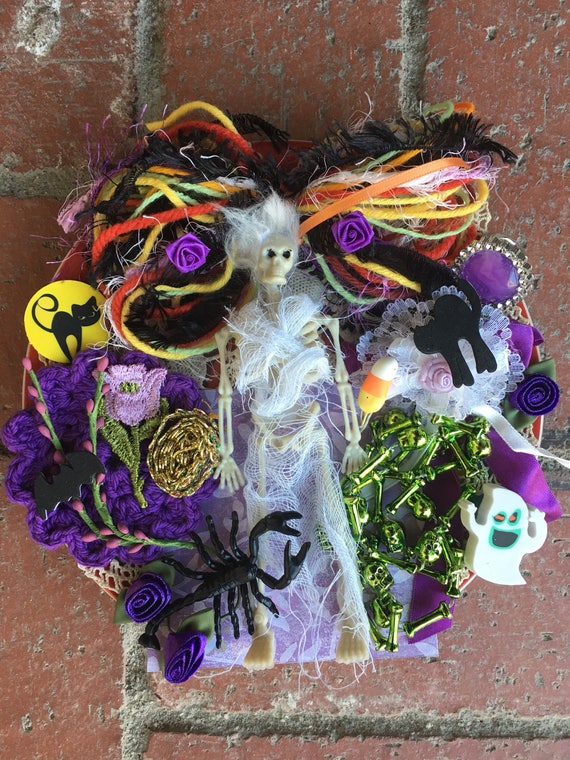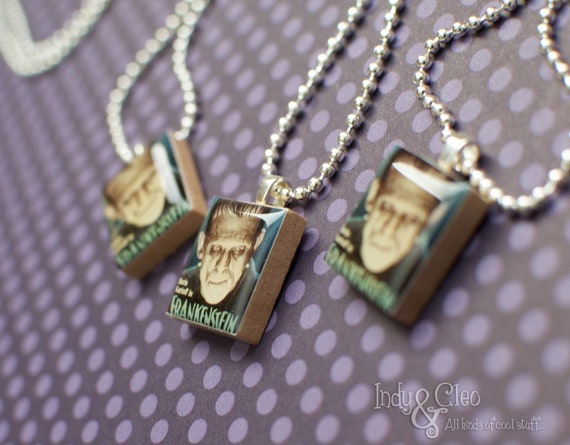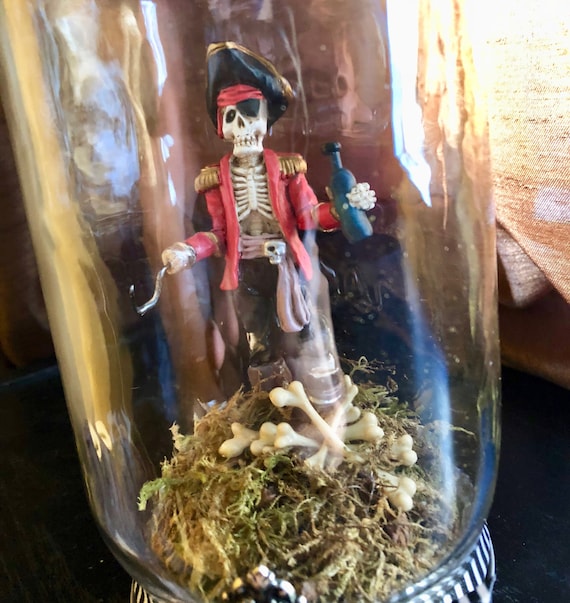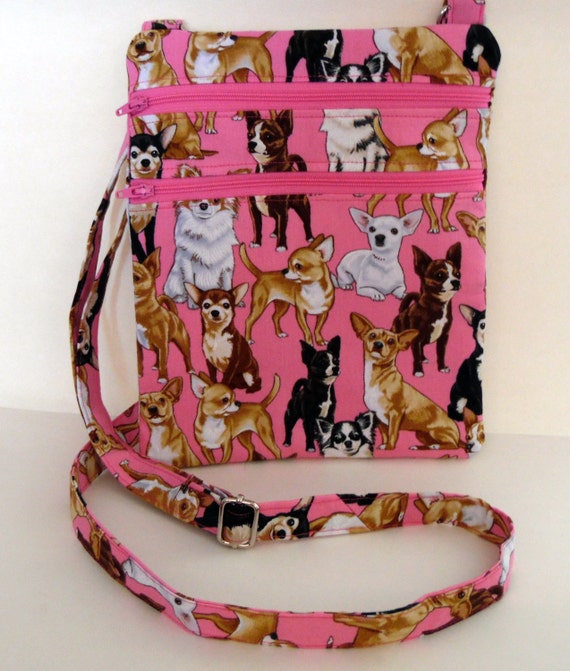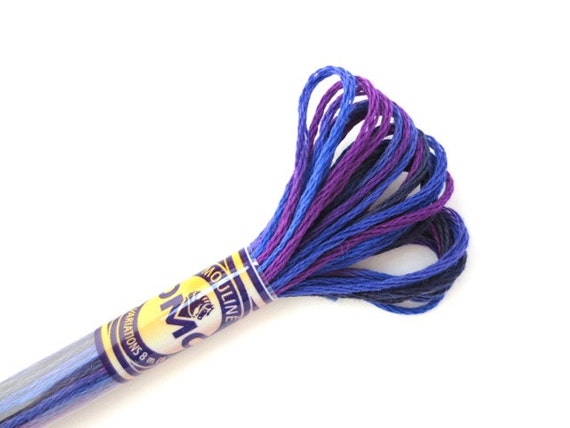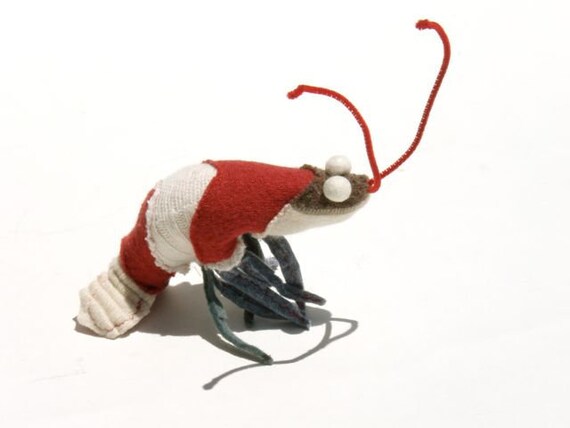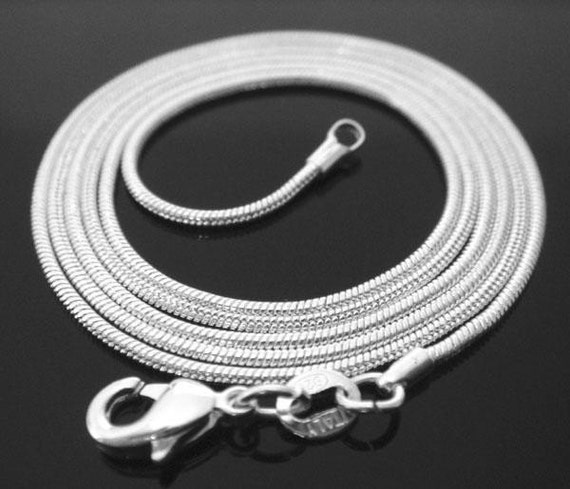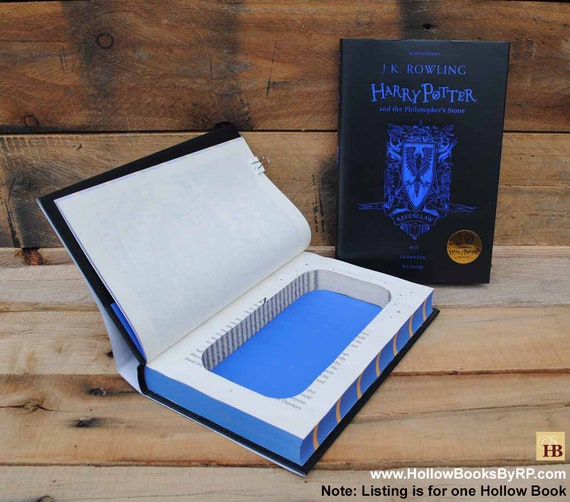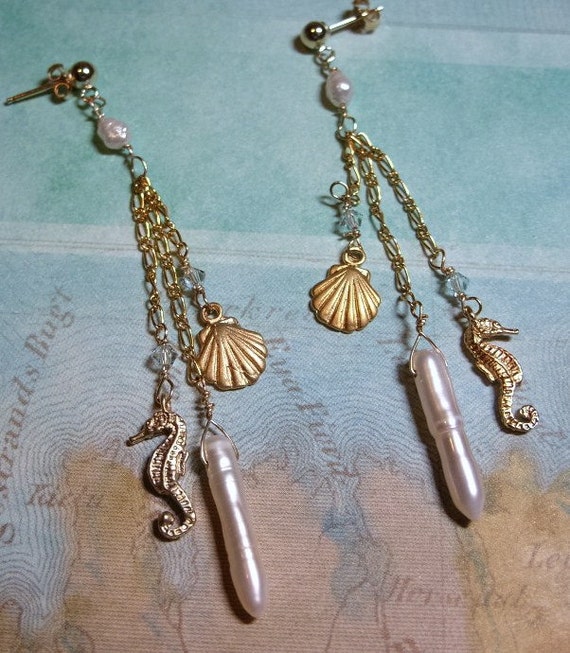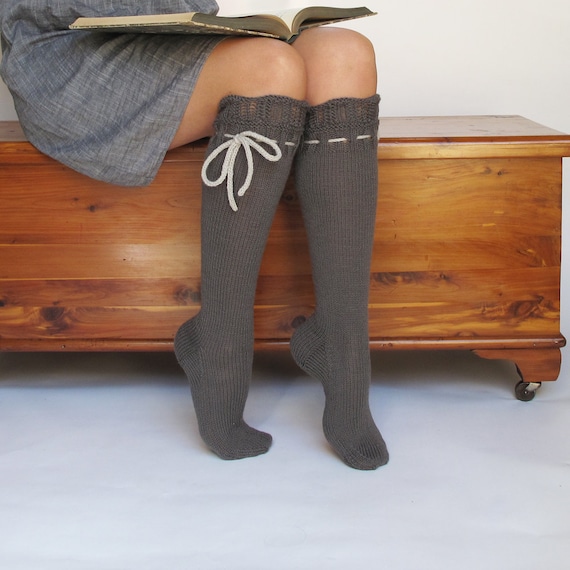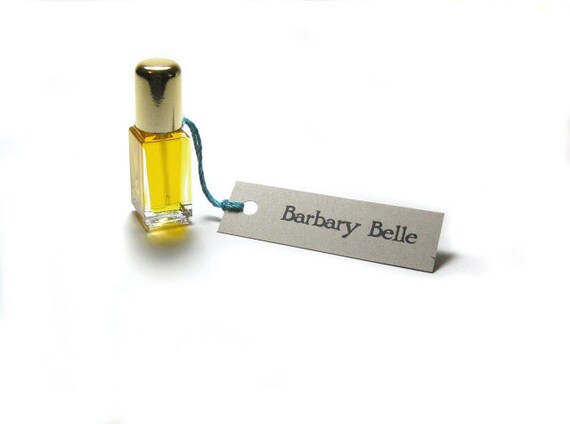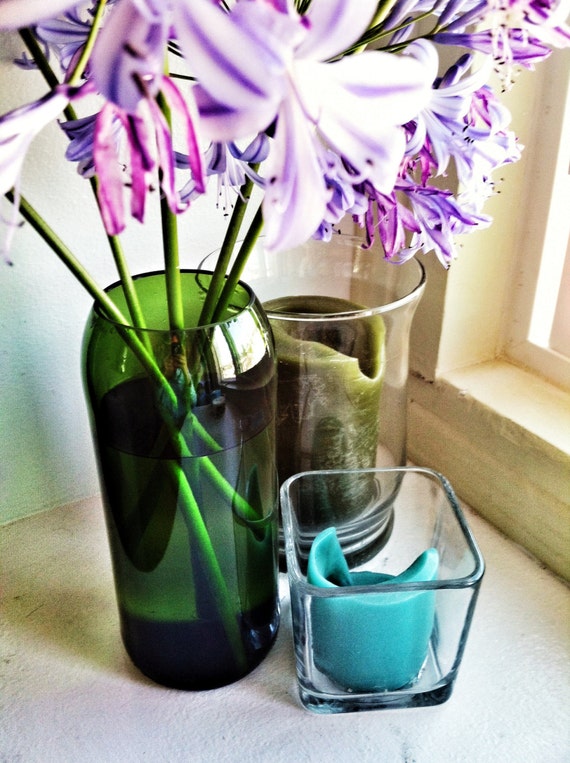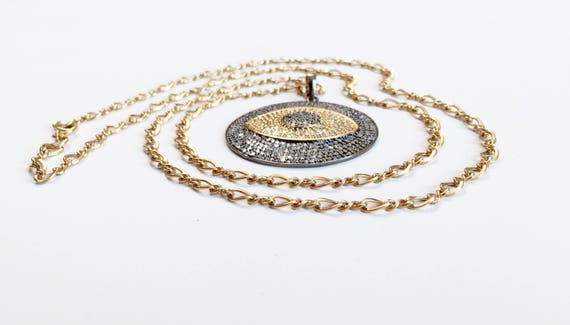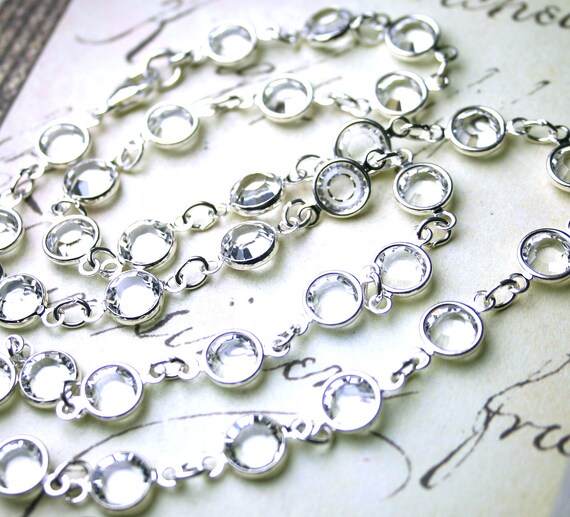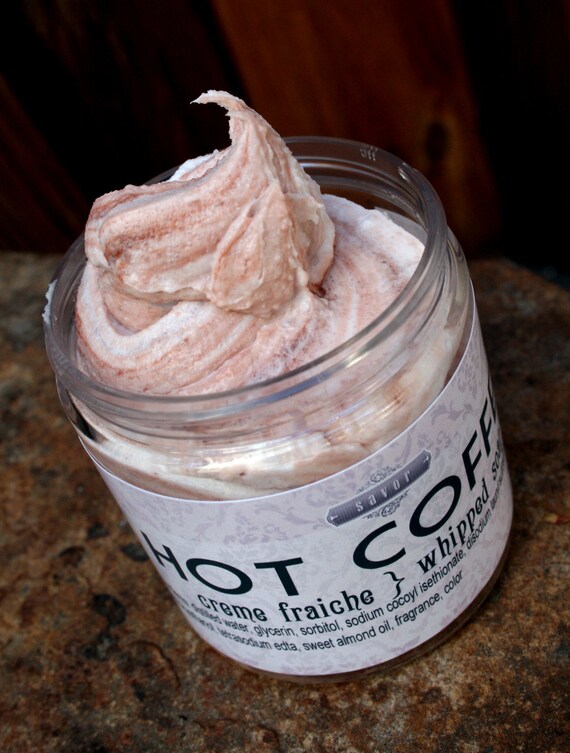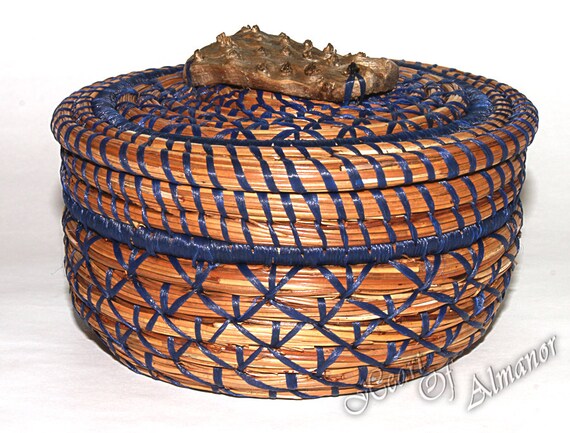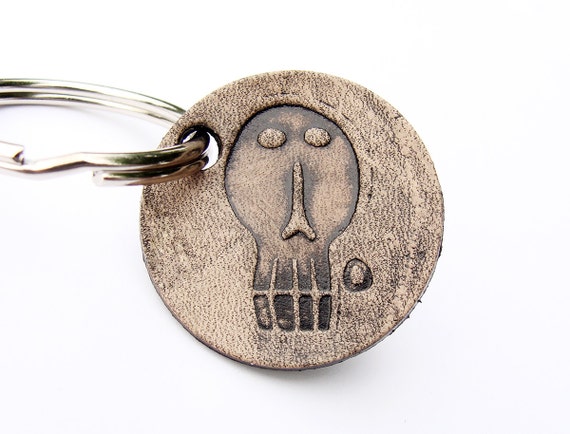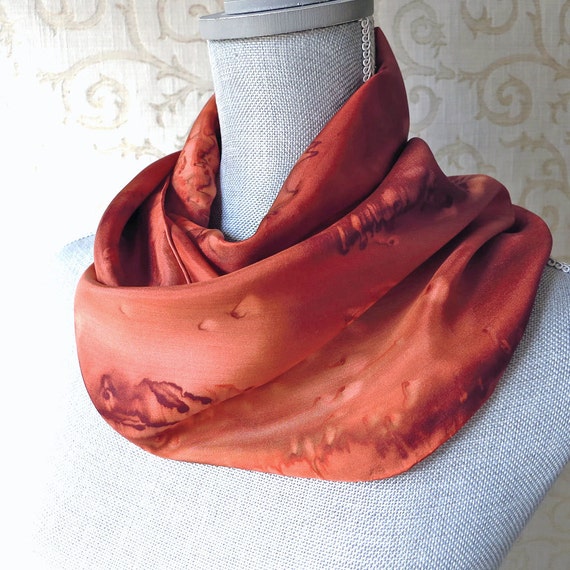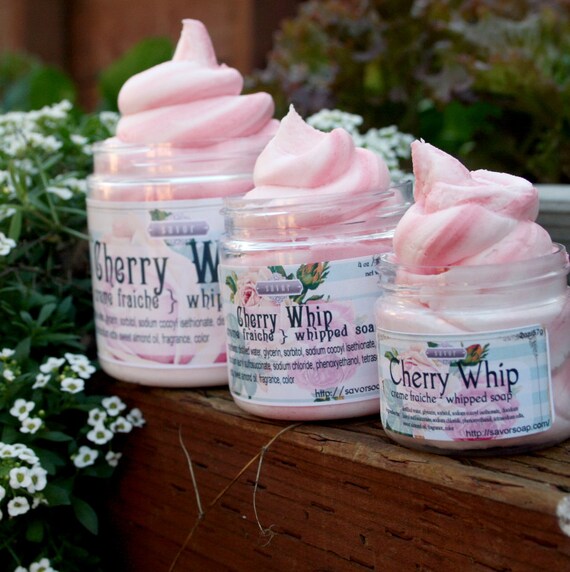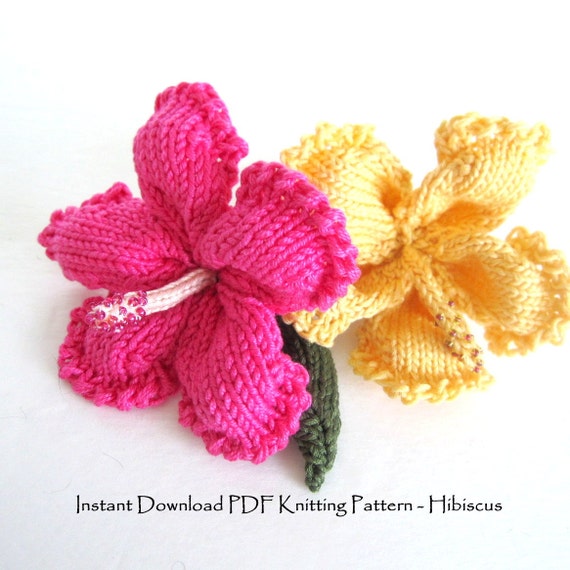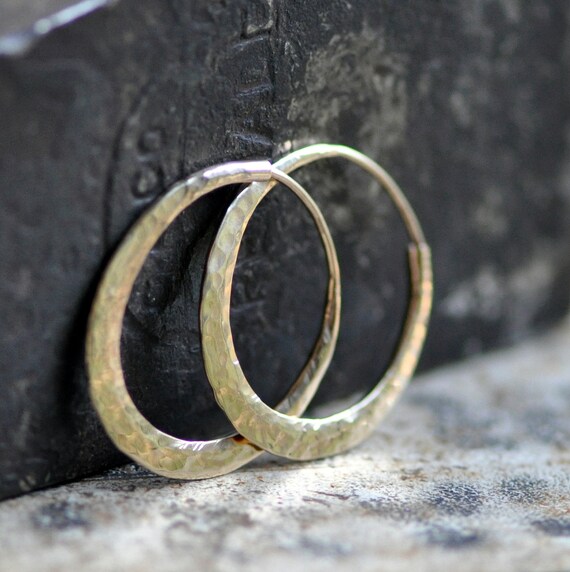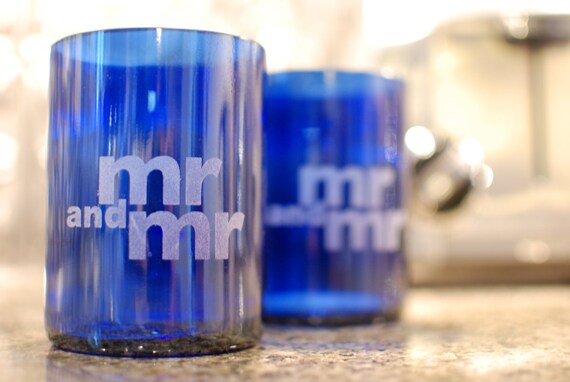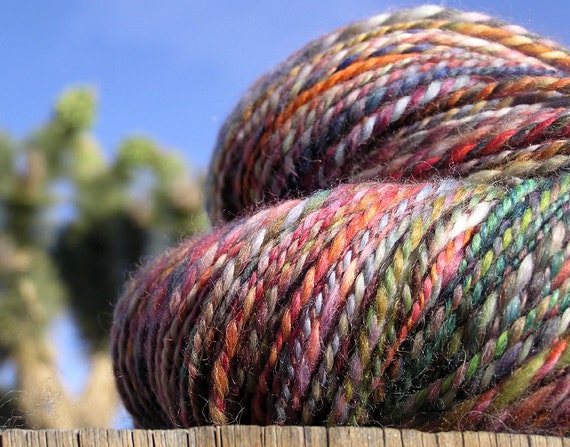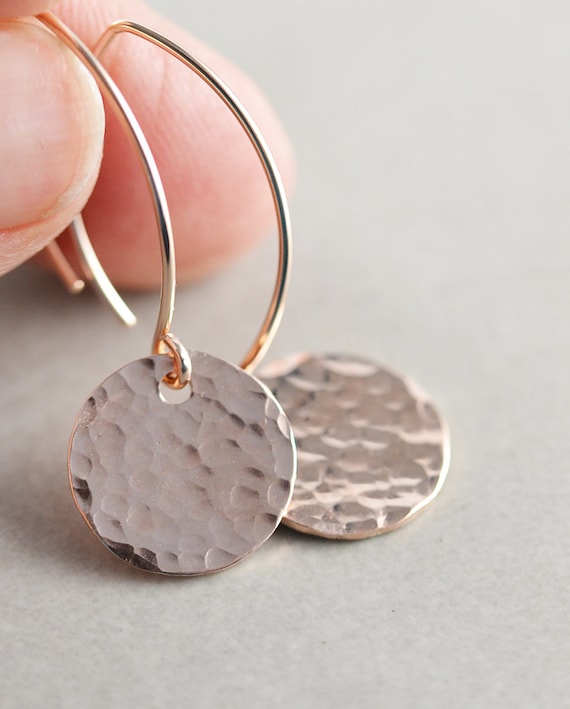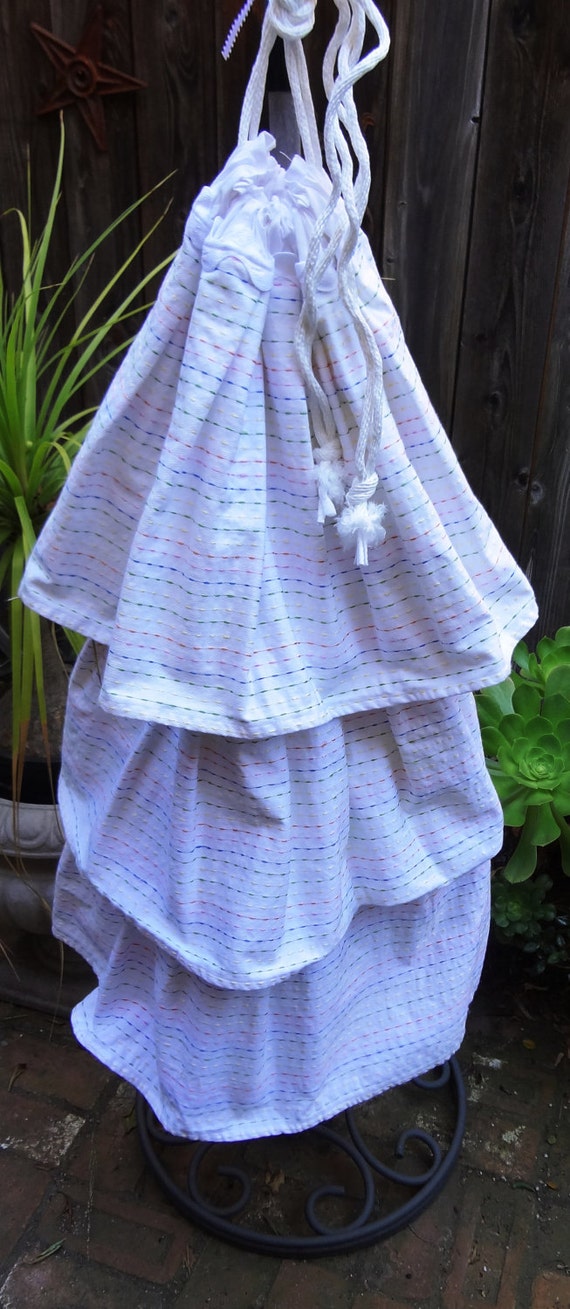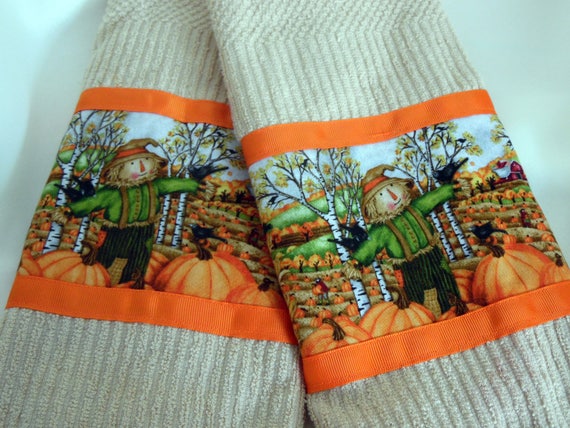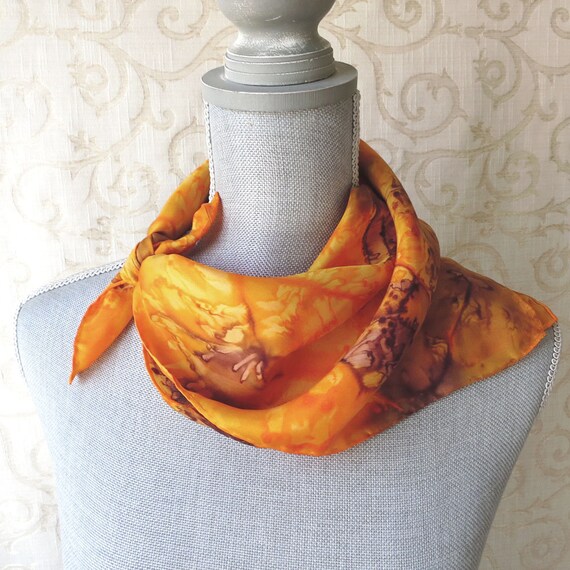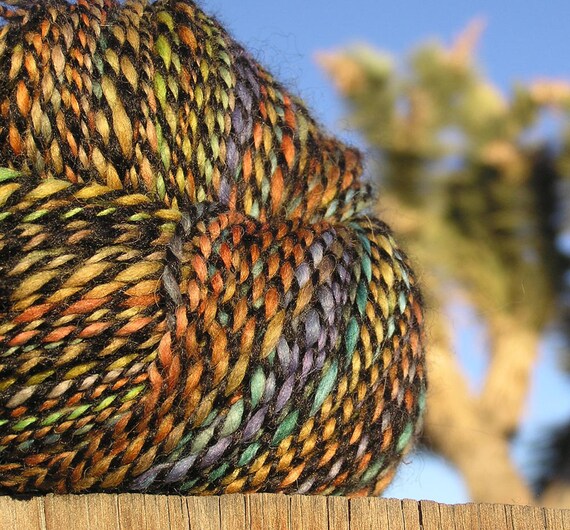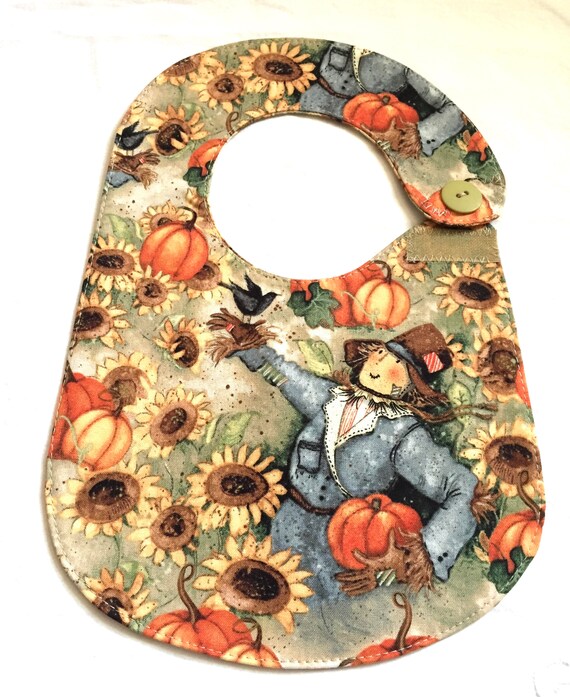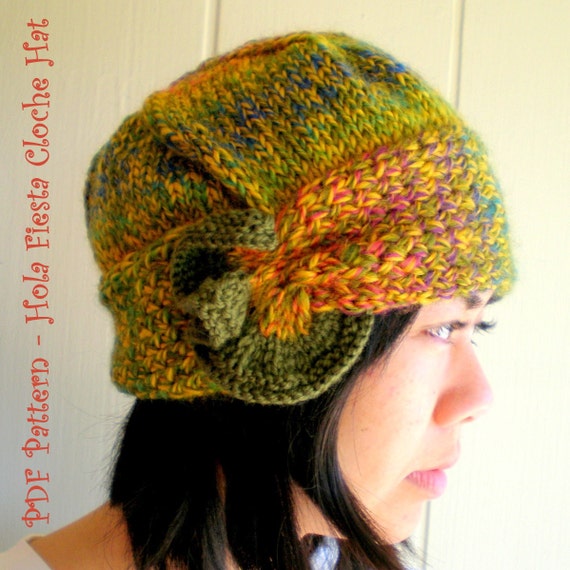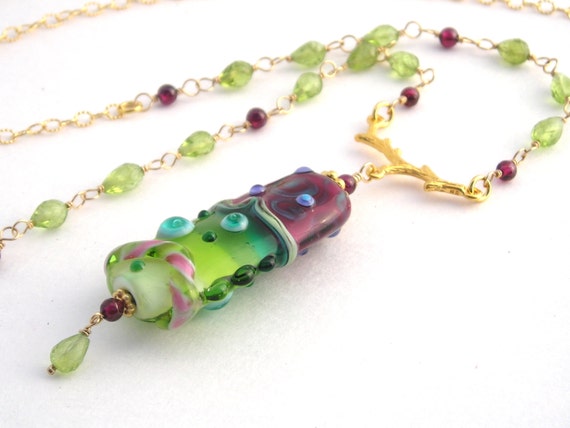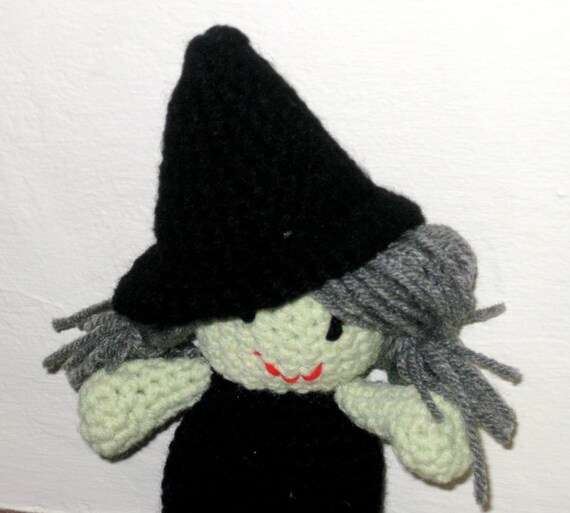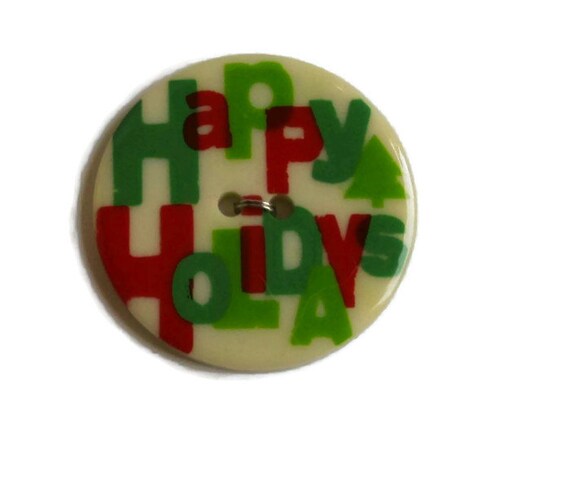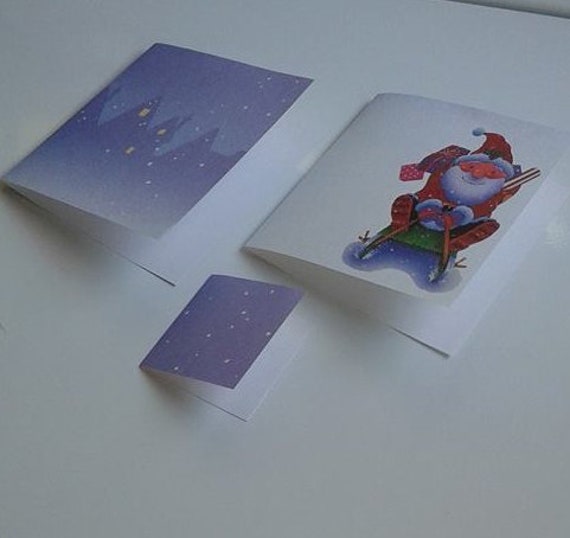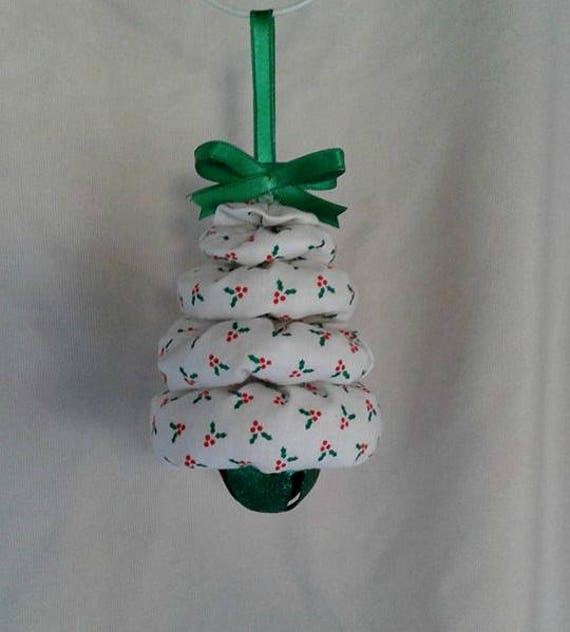Have you seen those items on Etsy with titles that are just packed with keywords? Why do people do that?
Search engine optimization.
Depending on what you read, this is either a good idea or a bad idea. It's good because the search engines "see" the tags you're targeting twice. It's bad because some search engines want more natural sounding (read: written by a human) titles.
But we can actually do both. So, why not? (
I discussed this a bit before.)
Let's take a look at this laundry bag from
Vintage Encore:
Some of the tags are: storage option, dorm room, nursery storage, retro bag, laundry bag, handmade laundry bag, baby laundry bag, dorm laundry bag, dorm storage, nursery laundry bag.
(There is an opportunity here to adjust a couple of these tags, removing "laundry bag" as that's already in several other tags and adding "large ruffled" as well as the color of the laundry bag.)
Since there are only 20 characters allowed in each tag, we're not going to hit any of those coveted
long tail keywords (the keywords that someone who is pretty close to buying something is more likely to use when searching). But we can hit those in the title. And that's what we're going to try to do.
(When researching what tags to use for an item, make note of any long tail keywords that might come up. You're going to want to aim to get those somehow in your tags and title.)
Two other things to keep in mind. First, search engines tend to prioritize the first part of the title. Second, most search results are going to cut off the title after so many characters. So, we're going to want to focus on keeping the first 40-50 characters sounding like a human wrote it and using the keywords most likely to be what people are searching for.
There are 140 maximum characters for this title. How can we title this?
Let's start with Large Ruffled White Laundry Bag (31 characters). Including the color is kind of a gamble. Some people are specifically searching for color. If we want an exact match, we could put the "white" first or last ("in white"). Exact matches are going to rank higher, but the more words you match, the better.
Then we can combine two of those tags that sound natural together: Dorm Room Storage Option (24 characters). Or: Retro Bag Dorm Storage (22 characters). Notice how those sound like a description of the item. That's what we're going for.
All three of those sequences contain 79 characters. We still have 61 characters to use. But towards the end of the title, we can kind of jam in the rest of the tags as no person is really going to read that far. Only the machines...
So, this title looks like (at the moment): Large Ruffled White Laundry Bag * Dorm Room Storage Option * Retro Bag Dorm Storage *...
Wait, do we need to put those *s in there? Actually, it's better if you don't. The search engines will look for exact matches (to rank higher), so if someone searches "white laundry bag dorm room storage", that * will take away the exact match. (Although, it'll still match. It'll just match with a lower rank.) And we've lost 2 characters per * (the * and the space after it).
It's kind of a puzzle that you're constructing from the tags you already have. (Yes, write your title after you're already selected your 13 tags.)
How are your item titles?


